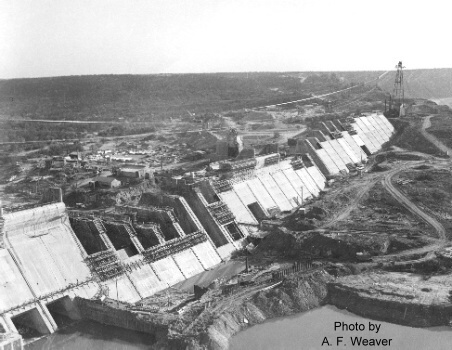
While the process may vary for each location, here’s a general outline of how a reservoir goes from idea to reality.
Once a need for water in an area is established, a site for the reservoir must be chosen. Several factors go into this decision, including nearness to a source of demand, a feeder supply of water (such as a river or creek), the geological suitability of the area and engineering constraints. Other factors considered could include impact on the environment, the local population, and historically or culturally significant sites.
Once a site is selected, hydrologists calculate early estimates of reservoir capacity and water supply availability to determine the lake’s yield. After these preliminary sighting and feasibility studies are complete, requests for a permit to impound water of the state is submitted to the Texas Commission on Environmental Quality. Other environmental studies and permits are required from federal and state agencies. When permits are approved and complete, officials begin acquiring the land to be covered with water.
Once land is secured for the new reservoir, a series of pre-construction studies are conducted and state and federal permits are acquired. A final dam design is completed based on the various studies and once the permits are obtained, the dam is built and water is impounded.
The lake-building process can take several years or even decades. Throughout the process, officials hold public meetings to inform and obtain input from the public.